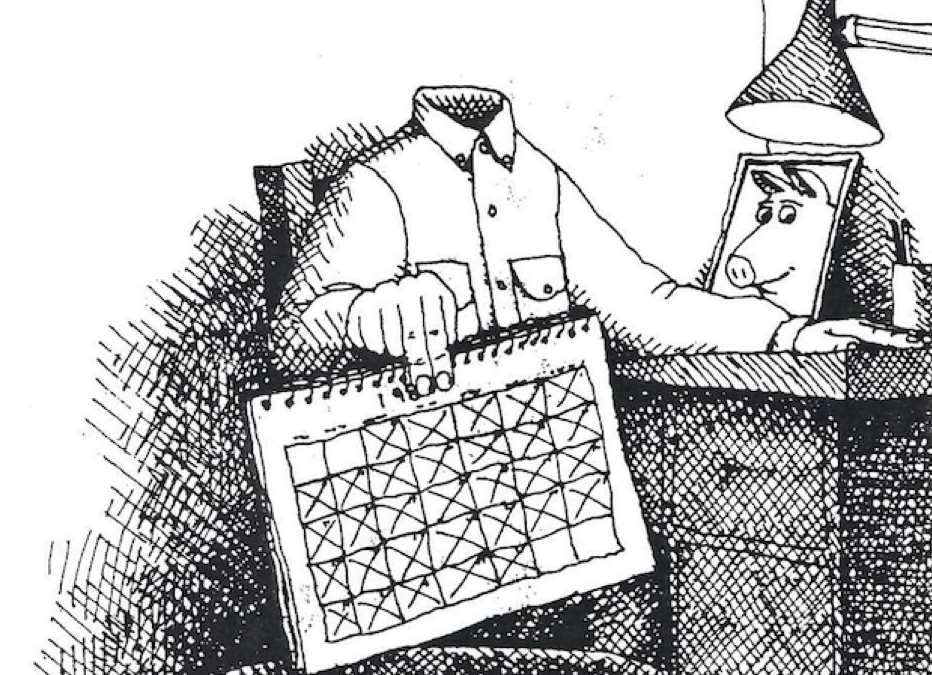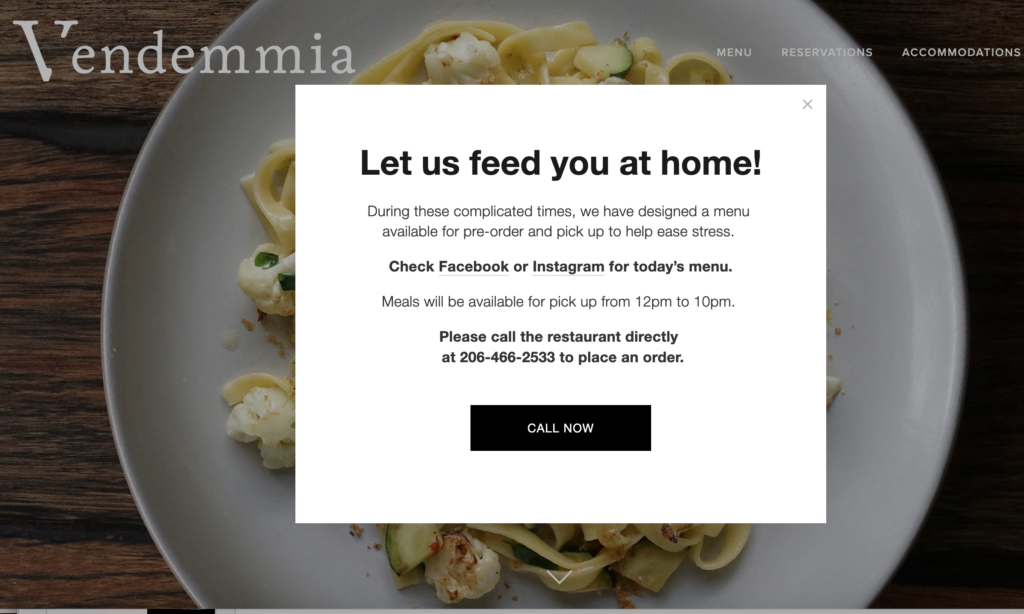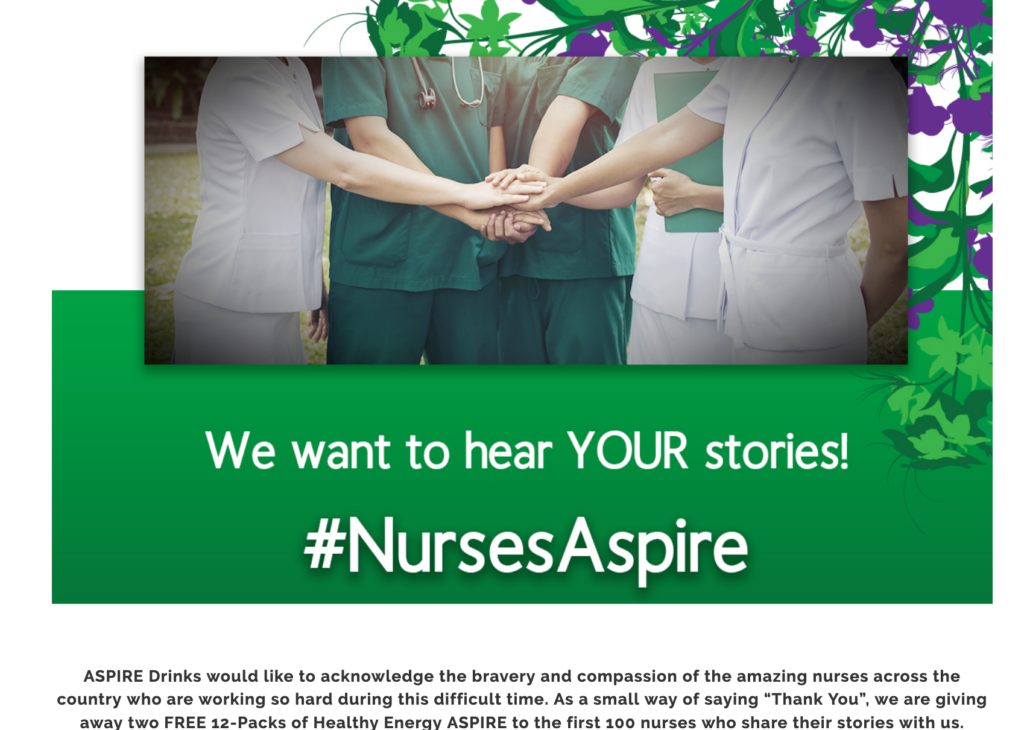The world has changed and marketing during COVID-19 must change too.
“Getting through a trying year – but not without scars.” This note card never fails to crack me up. It seems especially appropriate now.
For those of you who are early in your careers you may not have had to live through a period like this before. But I have been around long enough to have seen the AIDS epidemic and the recession of 2008. COVID-19 seems like the two put together. And those dark periods pale in comparison to what people endured in WWI and WWII.
Humor helps. And if we keep our heads and take care of each other, we will get through this and come out stronger.
5 actions marketers can take to navigate a path forward through COVID-19 – and a free offer
WeWork Labs asked me to lead a national Zoom session on what actions marketers can take to adapt their marketing during COVID-19. For those of you who don’t know WeWork Labs, they are The We Company’s global platform for early-stage startups and forward-thinking enterprise companies.
What follows are some highlights from our session. I am sharing mostly consumer examples, as these are ones most people will easily relate to. But the principles also apply to B2B companies.
The 5 actions marketers can take are high level, strategic actions. Hopefully you are already doing them but you’d be surprised at how many well-known companies are bungling this. It’s understandable. We are all distracted. Companies are in survival mode. And with everyone working remotely it’s harder to get things done. I hope this helps you stay focused on what’s important, rather than what seems urgent.
Free offer: I am offering free 45 minute consult to anyone who wants to talk. I’m doing this as a way to help my colleagues weather this storm. We need to help each other be as successful as possible.
Action 1: Communicate with your customers
If you haven’t done so already – and it’s shocking to me how many companies haven’t – you need to communicate with your customers (and other constituencies) about what’s changing. Not just initially, but on a regular basis. Consider how you can reach all of your customers, when / how often to reach them, and which media make most sense for THEM. They are not necessarily actively following your every move on social media.
What should you say? Remember, your customers are scrambling to figure out how to protect their loved ones, and get work done. Let them know EXACTLY HOW you are there for THEM, and anticipate their likely concerns.
Denali Fitness example
Here’s how Dental Fitness first updated their community on what they are doing to respond to COVID-19.

They acknowledge that things are changing. And they tell you what they are doing now. Best of all, they anticipate a concern that some members will want credit for days the health club is closed – and tactfully let you know how you can help them. Finally, they offer a way to continue to work out with them, virtually. The closing paragraph is human. Just right. I feel closer to them than ever before. They did set some expectations about when they might reopen that they will have to manage in future communications, but overall this was a good first email.
Action 2: Understand their new needs
The CoMotion team at the University of Washington uses a framework for helping startups understand consumer needs through the lens of their jobs, pains and gains. This framework also applies to larger enterprises as you consider what’s changing for your customers.
Jobs: What jobs do your customers need to do when it comes to your product or service? How might that be changing, with COVID-19?
Pains: With everyone sheltering in place there are obviously physical limitations that didn’t exist before. Many will be experiencing financial stress. They will also be experiencing time and emotional stress, as they work from home and try to take care of their families at the same time. How might that change their ability to get their “job” done with you?
Gains: What do they value about your offering, and want to see stay the same? What new benefits can you offer?
How do you listen for these jobs, pains and gains? Some intel will naturally come in response to your outreach and in the interactions you normally have. If you want to more formally gather data, you can conduct qualitative or quantitative research. Just be sensitive to the fact that people are busy and not thinking about YOU.
Your sales force and customer service reps are on the front lines and in a perfect position to hear things. Talk to them.
Vendemmia example
One of my local restaurants, Vendemmia, is doing what many are doing now that restaurants are closed and we are all asked to stay home. They are now offering dinner for takeaway.
Job = dinner. Pain = can’t dine in any more. Gain = same great Italian food, now in the comfort of home.
You’ll notice that there is still a lot of friction (pain) in their offering. As of March they were asking people to check social media for daily menus, then call to place an order. At some point I am hoping they will either enable online ordering from their website, or at minimum start emailing customers with the daily menu and allow us to reply with our order. Their staff would like that as right now they are cooking AND answering the phones at the same time!
So as you think through what you can do, understand it may not be perfect the first time out.
Action 3: Rethink your customer experience
Consider the end-to-end customer experience, including how they find and select your product or service, buy and pay for it, use it, and get support.
Think through what needs to change about your customer experience during COVID-19 and what changes / investments you may need to make this possible. Consider their jobs, pains and gains. Can you make it easier? Less expensive? More valuable? Can you make the solution more complete?
You’ll obviously want to do this in partnership with your colleagues from other functional groups, because customer experience involves the whole company.
National Theatre example
On March 26 The National Theatre in London announced its new initiative, NATIONAL THEATRE AT HOME providing access to content online to serve audiences in their homes. Audiences around the world can stream live productions for free via YouTube. And students and teachers have access to their collection at home, delivered in partnership with Bloomsbury Publishing.
This not only enables the theatre to reach their existing audience during COVID-19 but now that they are online, people from all over the world can discover their amazing productions.
Action 4: Revisit your marketing strategy
Consider what might need to change about your value proposition and messaging, your brand identity, the 4 P’s of marketing, and level of marketing investment.
For example, you may discover that the best target for your product or service might be changing. This will have huge implications. Can you count on your existing customers to remain or spend as much? Or is this an opportunity to serve new target segments? As you think about your target audience’s jobs, pains and gains, and how your customer experience will be changing, how will this change your benefits and related messaging?
Brand identity – especially visuals but also tone – may need to be refined to reflect the new realities we are all facing.
And you will want to check each of the 4 P’s of marketing – product, place, price and promotion – to see if your marketing strategy needs to change in any of these areas.
Matthews Winery example
Matthews Winery has done an excellent job of pivoting their marketing during COVID-19 to align with their changed customer experience.
Matthews Winery has completely revamped their marketing during COVID-19. They have closed their tasting room but have made it easier for customer to continue to shop, adding free shipping and curbside pickup. Along with this they have changed their home page imagery to show an “at home” occasion, and their messaging has been completely rethought. While they have cancelled physical events they have invited their customers to stay connected, using the hashtag #MatthewsAtHome. And they have emphasized their commitment to community by offering 3-packs of wine and donating all profits to Mary’s Place – a shelter that supports hundreds of Seattle families with food, shelter, community support and advocacy.
As you go through this process you’ll also need to reevaluate what level of marketing investment will be required.
Action 5: Realign your marketing tactics
Given your high level marketing strategy, what marketing tactics should you stop, continue, accelerate, change, or start doing as a result. What does marketing during COVID-19 look like? What resources are needed to support these priorities?
What can your team actually execute? Ask! They are on the front lines and will know. Consider both your internal team and external partners. And remember you may not be able to do as much – under stress we tend to get foggy and distracted. Go with the flow. Check in with people. Be understanding.
I will spare you the examples of what not to do – and there are many – but here’s a great example of a promotional tactic to START.
Aspire example
Aspire is a rapidly growing company that makes healthy energy drinks.
When the COVID-19 virus hit, they wanted to show their support for nurses on the front lines. They are giving away 2 free 12-packs to the first 100 nurses who share their stories as a small way of saying thank you.
As you shift your marketing during COVID-19 you’ll also want to track results and double down on what’s working. And take care of your people along the way.
There will be a new normal
The Prime Minister of New Zealand, Jacinda Ardern, recently gave a lovely speech … in her pajamas.
After putting her daughter to bed, New Zealand prime minister Jacinda Ardern hosted a Facebook live Q&A focused on COVID-19.
Just remember, there will be a new normal. And as marketers we can help gracefully ease that transition. Marketing during COVID-19 will be successful if you follow these 5 strategic marketing actions.
If you’d like a copy of the full presentation, or if I can help you in any way, feel free to reach me at lisa.fernow@gmail.com.






